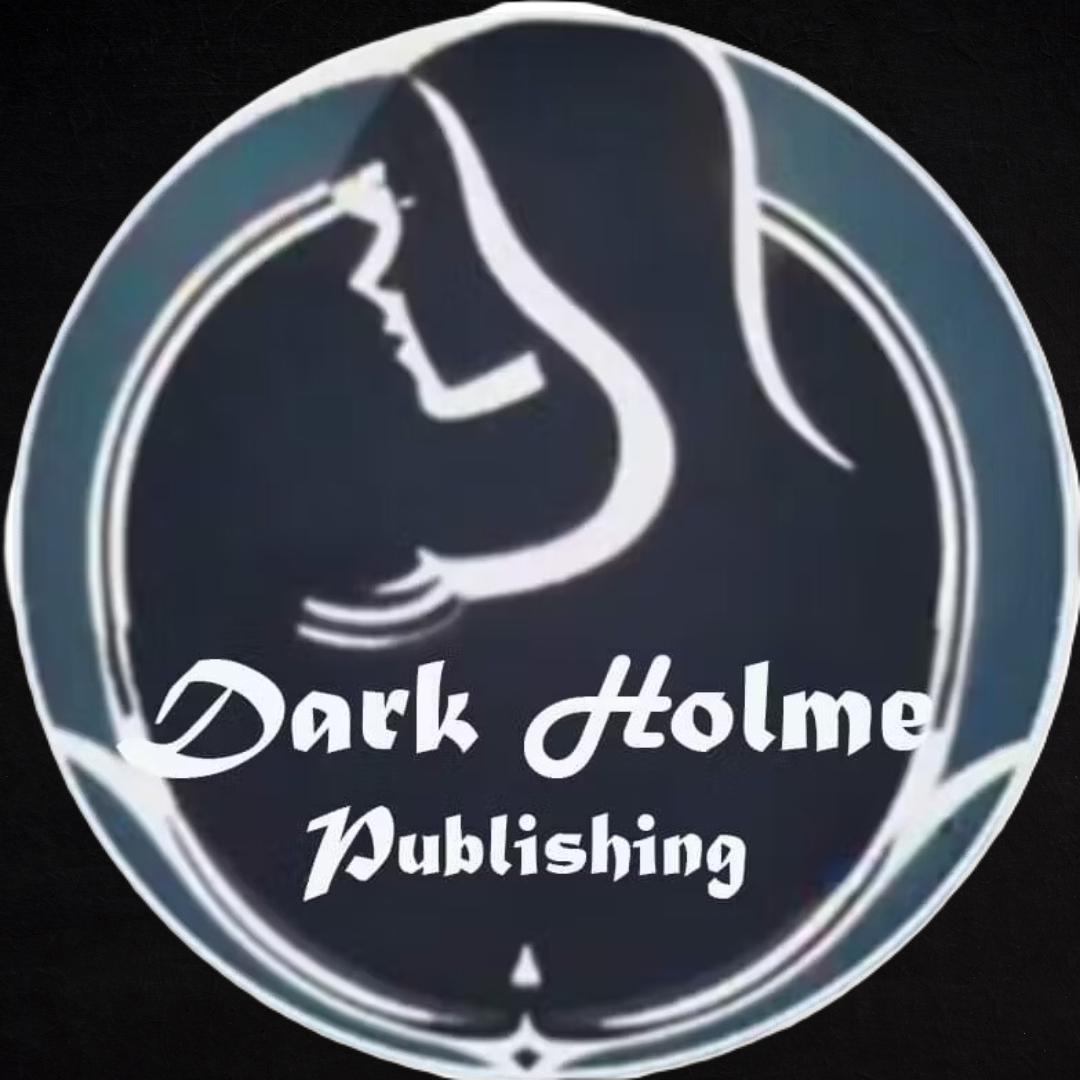Welcome, nightmare architects! 🕸️
You’ve taken the plunge into the shadows to refine one of the most essential skills for horror writers: Show, Don’t Tell. This isn’t just about improving your craft; it’s about mastering the art of making readers feel your story—every chill, every breath, and every scream.
In this workshop, we’ll break down the techniques that bring horror to life, work through fun and creative exercises, and build a supportive space for sharing and feedback. The more you engage, the more you’ll get out of it—so let’s dive into the dark and start weaving nightmares together.
Part 1: What Does “Show, Don’t Tell” Mean in Horror?
In horror, readers don’t want to be told, “She was scared.” They want to feel the tension in their own chest. Showing is about immersing your readers, drawing them into the scene through sensory details, atmosphere, and action.
Imagine:
Telling: The house was creepy.
Showing: The house loomed in the distance, its windows dark and yawning like empty eye sockets. The air around it felt heavier, as if even the breeze avoided its crumbling walls.
Showing lets readers experience the story firsthand. It’s the difference between watching a horror movie and walking through the haunted house yourself.
Part 2: How to Show Fear and Dread
1. Use Sensory Details
Fear is a visceral experience, so let your readers smell the decay, hear the creaking floorboards, and feel the icy draft that chills their skin. Horror thrives when all five senses are engaged.
Example: Instead of “She felt uneasy,” try:“The stale air pressed against her like damp fabric. A faint rustling came from the corner, too soft to be the wind, but loud enough to make her heart pound.”
2. Show Physical Reactions
Fear doesn’t live in the mind alone—it takes over the body.
Goosebumps prickle.
Breathing becomes shallow.
Limbs tremble or freeze.
The heartbeat thunders in the ears.
3. Create Atmosphere Through Setting
The setting is your silent co-conspirator. It can be as menacing as the monster itself. Isolated, claustrophobic spaces heighten the tension, while subtle, eerie details keep readers guessing.
Example: Instead of “The basement was scary,” try:“The stairs groaned beneath her weight, each step a betrayal. The air grew colder the farther she descended, carrying the faint stench of rot. Shadows pooled in the corners, too dense to be natural.”
4. Let Actions Speak
Fear is as much about what characters do as what they feel. How do they react to danger? Do they hesitate at the door, glance over their shoulder, or run without looking back? Actions reveal emotion without spelling it out.
Part 3: Interactive Exercises – Let’s Practice
Exercise 1: Reimagine the Fear
Rewrite this sentence using sensory details and physical reactions to show the fear:
“He was terrified as the door creaked open.”
Post your rewrite in the group for feedback! Let’s see how you bring this moment to life.
Exercise 2: Transform the Mundane
Take a familiar, non-threatening location (a school, a park, a living room) and turn it into a place of unease. Focus on small, unsettling details: a flickering light, a misplaced object, or an unnatural silence.
Post your scene, and let’s vote on the most spine-chilling transformation!
Exercise 3: The Thing in the Shadows
Write a scene where a character senses something watching them, but they never see it. Use atmosphere, sensory details, and the character’s physical reactions to build tension.
Share your work and see if your fellow participants feel the same dread your character does.
Part 4: Examples to Learn From
Example 1: From Shirley Jackson’s The Haunting of Hill House
“Terror slid soundlessly into the room, like a snake. She could feel it coiling around her throat, tightening. Her heart lurched, her breath caught, and still, she could not move.”
Notice how Jackson doesn’t tell you Eleanor is afraid—she shows it through physical sensations and the oppressive atmosphere.
Example 2: From Richard Matheson’s I Am Legend
“His breath was shivering in his throat, the sound of it loud in the stillness of the room. He could hear the slow shuffle of footsteps just outside the window, and his hands tightened around the stake.”
Matheson uses sound and physical reactions to make you feel the tension alongside the character.
Part 5: Feedback and Sharing
This workshop is a collaborative space, and your voice matters! Post your exercises, ideas, or even snippets from your current horror projects. Engage with others, offer constructive feedback, and draw inspiration from the creative approaches of your fellow writers.
Here are some tips for giving and receiving feedback:
Focus on specifics: What worked well? What could be more vivid or immersive?
Ask questions: What choices did the writer make that intrigued you? What would you like to see expanded?
Be open: Every piece of feedback is a chance to grow, even if you don’t implement it.
Part 6: Bonus Challenge – Show Us Your Best Scare
Write a short horror scene—just 200–300 words—that showcases everything you’ve learned. Focus on sensory details, atmosphere, and physical reactions. The goal: make your readers’ skin crawl!
We’ll feature some of the standout scenes in our next session and discuss what makes them so effective.
Closing Thoughts
Horror is an art form that thrives on showing over telling, pulling readers into an immersive world of dread and unease. As you practice these techniques, remember: the devil is in the details, and the scariest moments are often the ones left unsaid.
Now it’s your turn. Share your work, encourage your fellow writers, and let’s craft stories that haunt the imagination.
Stay creepy,🕸️ The Dark Reads Team
#HorrorWritingWorkshop #ShowDontTell #WritingCraft #DarkCreativity #HorrorWriters

.png)



.png)